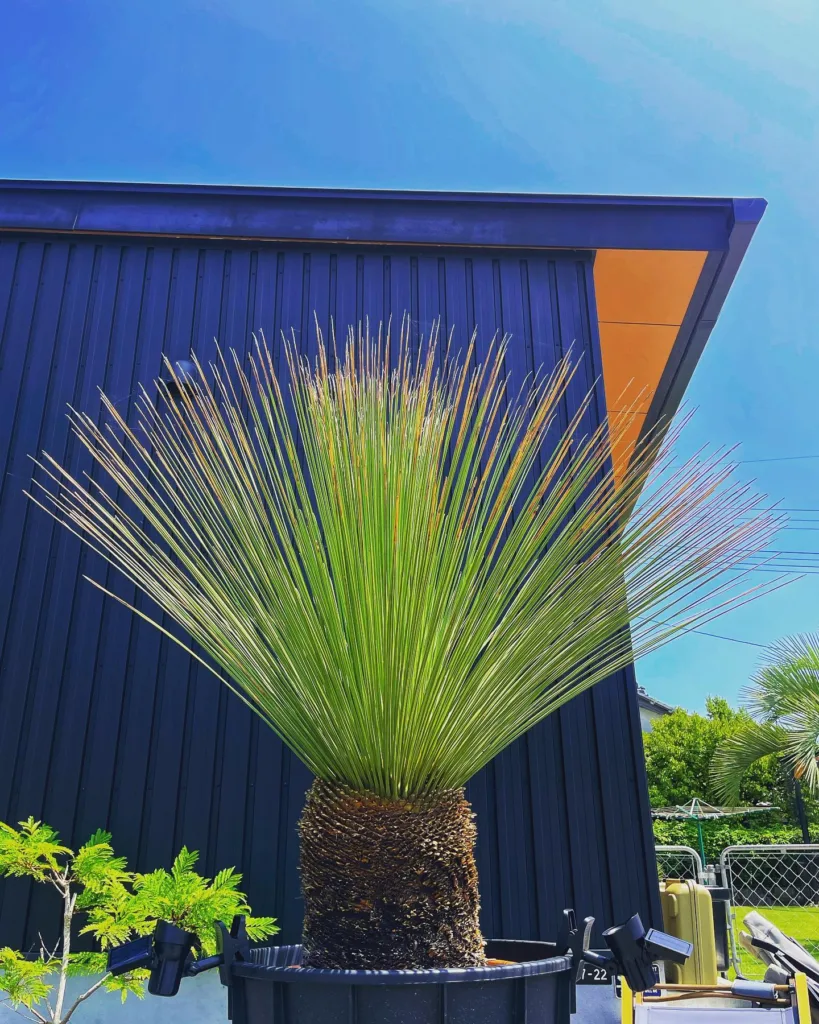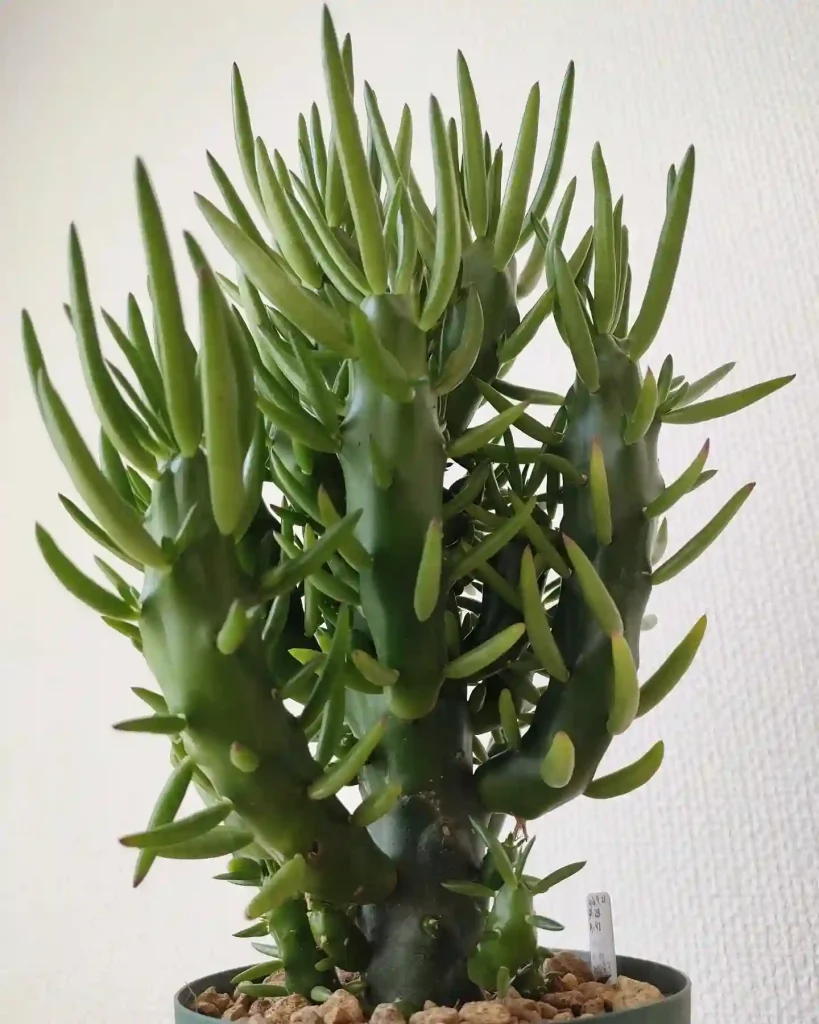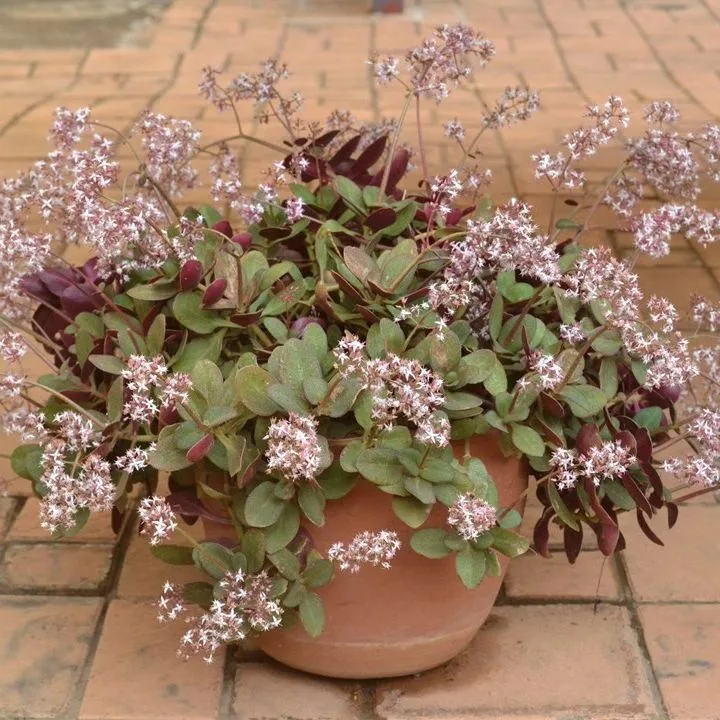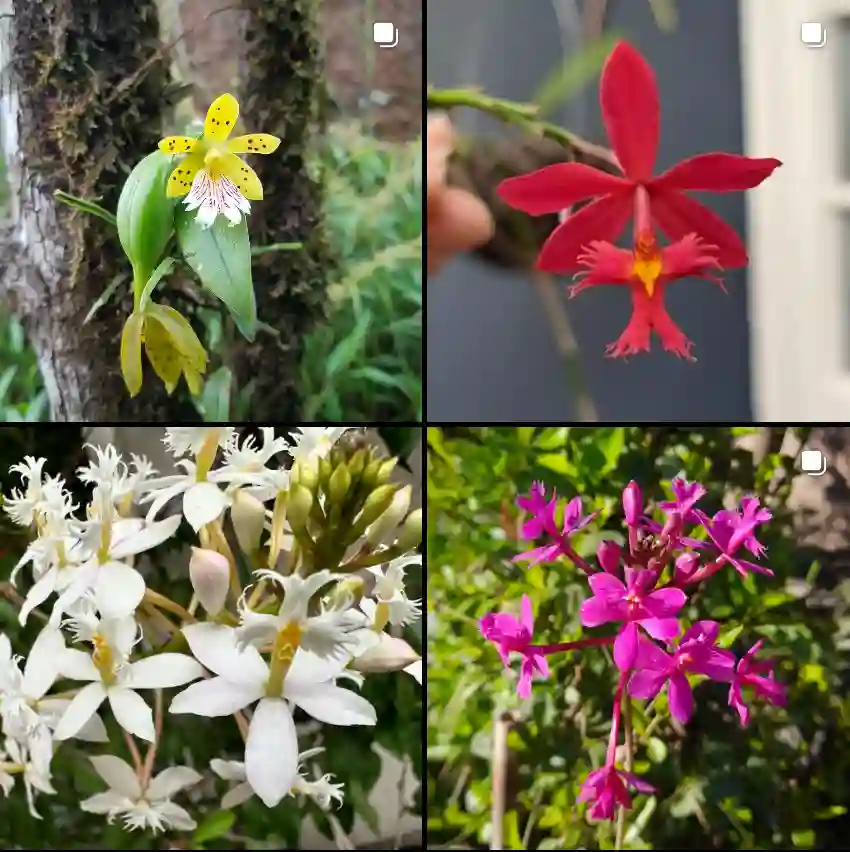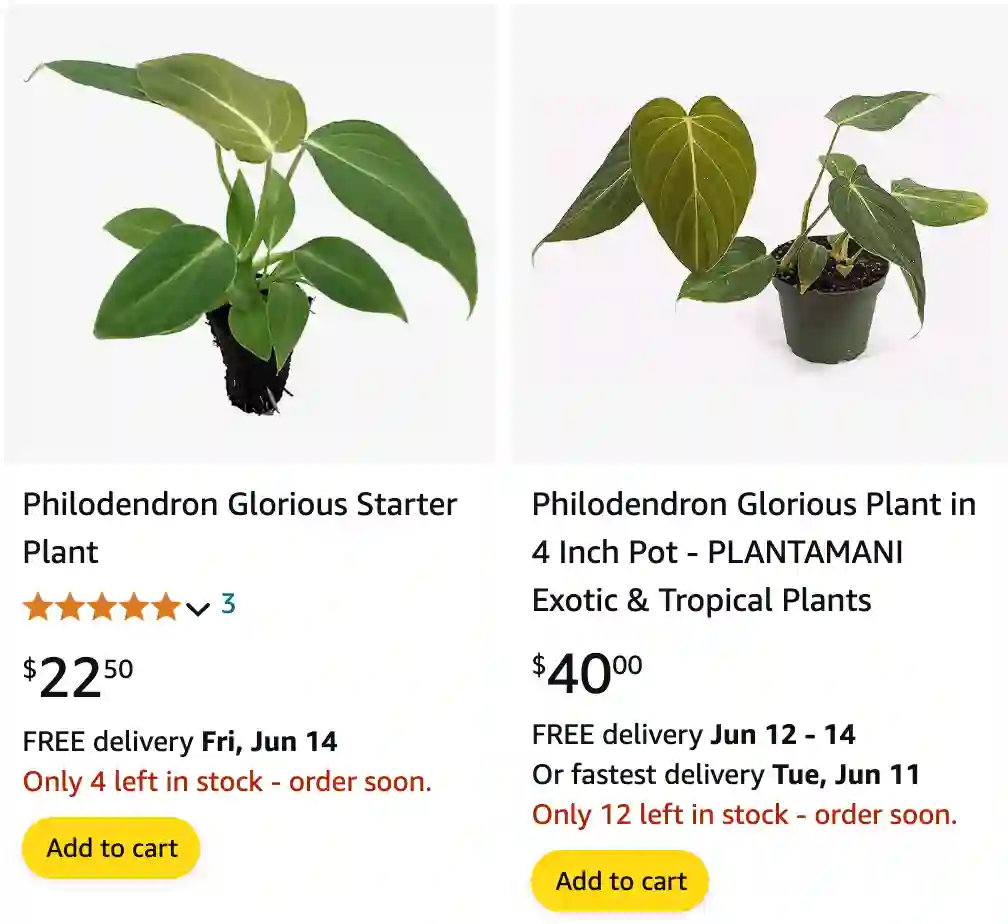
Ferb Vu’s Philodendron Glorious FAQ
Hey there, plant enthusiasts! Ferb Vu here, and today we’re diving deep into the world of the Philodendron Glorious, a truly stunning hybrid houseplant. This beauty combines the best features of its parents, the Philodendron Melanochrysum and the Philodendron Gloriosum, resulting in a showstopper with velvety, deep green leaves and prominent veining.
If you’re curious about bringing this tropical wonder into your home, keep reading! This FAQ will equip you with everything you need to know about caring for your Philodendron Glorious, from understanding its nature to propagation tips.
623 Species in Genus Philodendron
What is a Philodendron Glorious?
The Philodendron Glorious is a hybrid philodendron, a cross between the Philodendron Melanochrysum and the Philodendron Gloriosum. It inherits desirable traits from both parents, boasting the velvety texture and elongated form of the Melanochrysum with the impressive size and prominent veining of the Gloriosum.
This unique combination translates into a truly eye-catching houseplant. The mature leaves can reach up to 18 inches in length, showcasing a deep, velvety green color with prominent white or light green veins. As the plant matures, the leaves develop a stunning iridescent sheen, adding another layer of intrigue.
How to Care for a Philodendron Glorious?
The Philodendron Glorious is known for being relatively easy to care for, making it a great choice for both seasoned plant parents and beginners. Here’s what you need to know to keep your Philodendron Glorious thriving:
- Light: Philodendron Glorious prefers bright, indirect light. Avoid harsh, direct sunlight, which can scorch the leaves. East or north-facing windows are ideal spots.
- Water: Water your Philodendron Glorious when the top inch of soil feels dry to the touch. Overwatering is a common culprit for Philodendron problems, so it’s better to err on the side of underwatering.
- Soil: A well-draining, aerated potting mix is essential for Philodendron Glorious. Aroid mix or a mixture of potting soil, perlite, and orchid bark will provide the necessary drainage and aeration.
- Humidity: While Philodendron Glorious can tolerate average household humidity, it thrives in a more humid environment. Grouping plants together, using a pebble tray, or investing in a humidifier can help increase humidity levels.
- Fertilizer: During the growing season (spring and summer), you can fertilize your Philodendron Glorious with a balanced liquid fertilizer once a month. Dilute the fertilizer according to the package instructions and avoid overfertilizing.
- Support: As a hemiepiphyte (a plant that grows on trees in the wild), Philodendron Glorious benefits from some support as it matures. A moss pole or coir totem will allow your plant to climb and reach its full potential.
How to Propagate Philodendron Glorious?
Propagating your Philodendron Glorious is a great way to expand your collection or share this beauty with friends. Here are two common propagation methods:
- Stem cuttings: Take a stem cutting with at least one node (the bump where a leaf or aerial root emerges). Plant the cutting in a well-draining potting mix and keep the soil moist but not soggy. Provide warmth and indirect light, and you should see new growth within a few weeks.
- Leaf propagation (water method): This method works best with leaves that have a petiole (leaf stalk). Cut a leaf with a petiole, dip the petiole in water, and place it in a container filled with fresh water. Ensure the node is submerged in water. Replace the water every few days and wait for roots to develop before transplanting the leaf into a pot with a well-draining mix.
What to Plant with Philodendron Glorious?
The Philodendron Glorious can definitely hold its own as a statement piece, but it can also complement other plants beautifully. Here are a few ideas for planting companions:
- Other philodendrons: Philodendron Birkin, Philodendron Micans, or heart-leaf philodendrons can create a lush, textural display.
- Monsteras: Monstera Deliciosa (Swiss Cheese Plant) or Monstera Adansonii (Monkey Mask) will add another layer of foliage interest.
- Alocasia: The contrasting foliage textures of Alocasia Zebrina (Zebra Plant) or Alocasia Silver Dragon can create a dynamic duo.
- Hoyas: The waxy, heart-shaped leaves of Hoya Krimson Queen or Hoya Kerrii (Sweetheart Hoya) add a touch of romance.
Philodendron Glorious vs Gloriosum
The leaves of the Glorious plant exhibit greater length, a more slender profile, and a deeper shade of green compared to those of Philodendron Gloriosum, owing to the influence of the Melanochysum. This effect results in the Glorious leaves adopting a rounder and less elongated form, accompanied by a more vibrant green coloration than that of the Melanochrysum, which can be attributed to the inherent characteristics of the Gloriosum variety.
With its captivating looks and easy-going nature, the Philodendron Glorious is a must-have for any plant enthusiast. By following these simple care tips and propagation techniques, you can enjoy this tropical gem for years to come. Happy planting!
If i die, water my plants!
